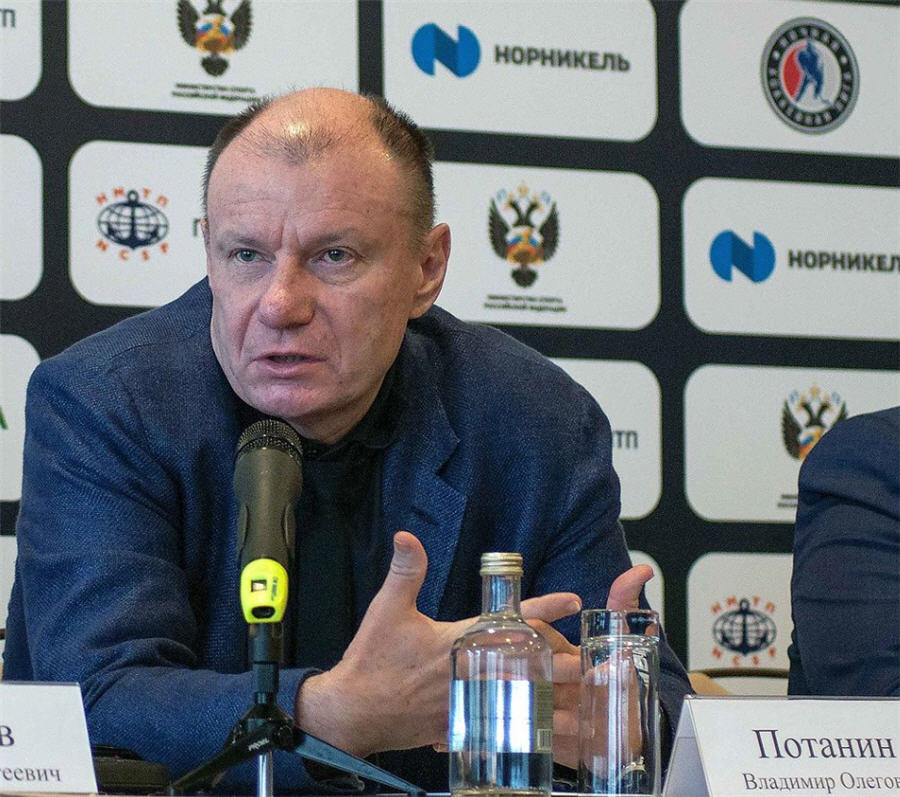Lundin poised for mega Congo copper deal
In May Freeport-McMoRan Copper & Gold (NYSE:FCX) announced the sale of its Tenke Fungurume copper mine in the Democratic Republic of the Congo to China Molybdenum (CMOC) for up to $2.65 billion, a crucial part of the Phoenix-based company’s debt reduction program.
But exiting the DRC is proving to be as complicated as operating a mine in the troubled central African country.
China Molybdenum would likely be “OK” as a partner “but it’s a different culture and they’re not very experienced miners so I’m sure it’s going to be more work for us
Central to the deal is a right of first offer owned by Toronto’s Lundin Mining (TSX:LUN) which through a Bermuda-based company indirectly owns 24% of Tenke, a high-grade mine that last year produced 203,965 tonnes of copper and just over 16,000 tonnes of cobalt.
Last week Freeport, which controls 56% of Tenke, extended Lundin’s ROFO for the second time to September 29 suggesting a larger deal involving CMOC and the Democratic Republic of Congo’s state-owned Gecamines (20% direct owner) may be in the works. Gecamines, which opposes the Freeport-CMOC deal is also said to be putting together its own bid with partners.
If Lundin manages to secure the same terms as the Freeport-CMOC agreement its stake could be worth in the region of $1.2 billion, but the extension suggests a new deal could be negotiated that could see Lundin become a major shareholder (and perhaps operator) together with Gecamines and CMOC.
In Q2 Lundin wrote down the value of its interest in Tenke by $772 million which could indicate that the company’s going to play hardball when it comes to negotiating a price
Lundin, which this year is forecast to produce around 250,000 tonnes of copper including its share of Tenke, has been on the acquisition path and in March made a deal to acquire the promising Timok copper project in Serbia owned by Freeport and Canada’s Reservoir Minerals.
At the time Lundin CEO Paul Conibear said that Timok, would “fill Lundin’s copper pipeline“, but a few months later the deal fell through, ironically through a ROFO exercised by Reservoir Minerals which now owns 100% of Timok after a takeover by Nevsun Resources.
In July Conibear told Bloomberg that after losing the eastern European property, Lundin would like to be active in M&A but was holding back due to a lack of quality targets.
Tenke did not make it into that conversation, but Lukas Lundin in a wide-ranging interview at the end of August said “the best opportunities are in base metals” and he’s keen to see Lundin Mining of which the family owns about 13%, “resume its acquisition spree.”:
A contemplated expansion of Tenke would likely boost production capacity towards 500,000 tonnes and catapult Lundin towards the top tier of copper producers
“China Molybdenum would likely be “OK” as a partner “but it’s a different culture and they’re not very experienced miners so I’m sure it’s going to be more work for us,” Lundin said.
Apart from suggesting Lundin Mining could be appointed operator of the mine over the Chinese, the Swedish billionaire added that “bigger is better,” when asked what size asset he’s hunting for.
In its second quarter results Lundin Mining recorded an asset impairment related to its interest in Tenke of $772 million which could indicate that the company is going to play hardball when it comes to negotiating a price for whatever additional portion of Tenke it would be buying.
For its part Gecamines expressed their displeasure with the Freeport-CMOC deal since its announcement in May and is pressuring parties to come to an alternative arrangement going so far as to say it could block the deal:
The transaction “will remain in a deadlock, unless Lundin and Freeport respect Gecamines’ and the state’s rights
“Any simultaneous withdrawal by Lundin and Freeport in favor of CMOC or other buyers will be problematic and would in fact actually reinforce the suspicion of fraud to Gecamines’ and the state’s rights,” Yuma said. The transaction “will remain in a deadlock, unless Lundin and Freeport respect Gecamines’ and the state’s rights,” he said.
Even in its current form Tenke is a prized asset notwithstanding its location in one of the more difficult mining jurisdictions in the world. But a contemplated expansion of the mine would likely boost copper cathode production capacity towards 500,000 tonnes per year and catapult Lundin towards the top tier of producers.
Hat tip: PR
More News
Nornickel believes 2026 will bring dividends, CEO says
Nornickel did not pay full-year dividends for 2022, 2023 and 2024.
December 27, 2025 | 07:42 am
{{ commodity.name }}
{{ post.title }}
{{ post.date }}




Comments